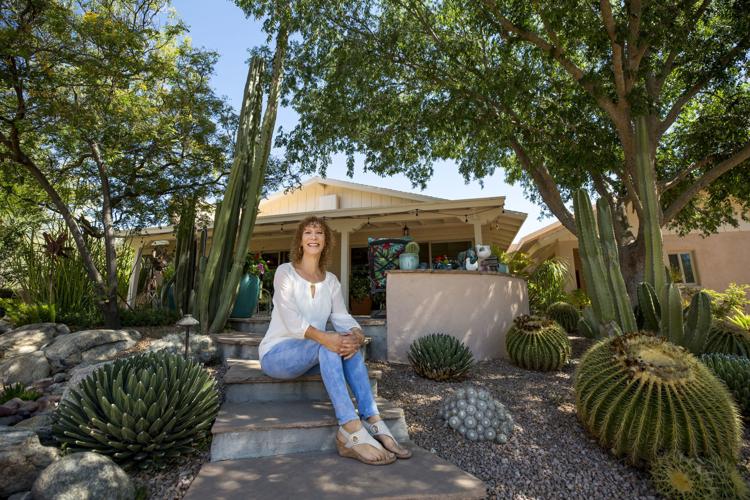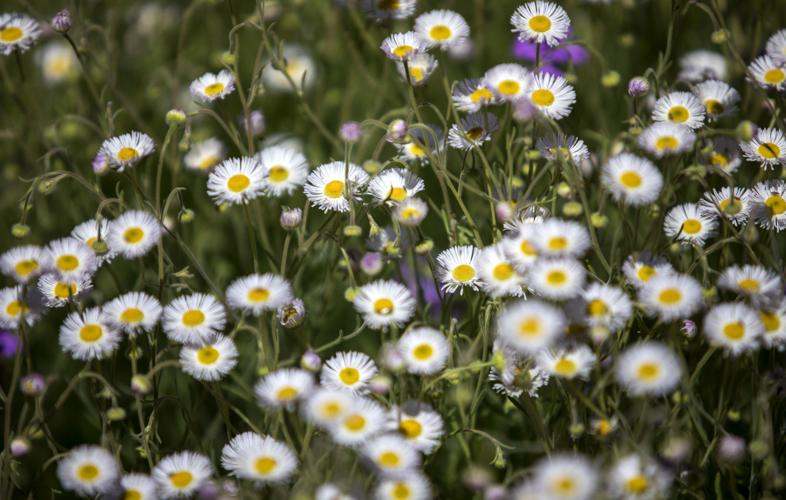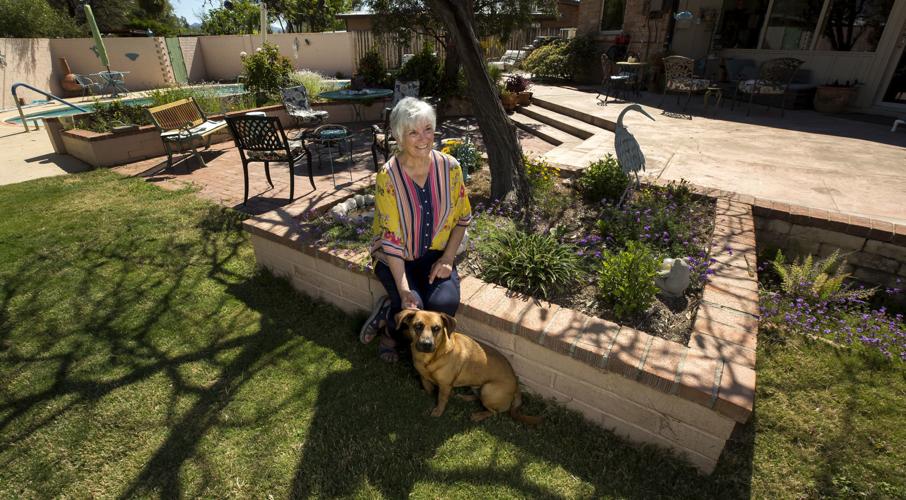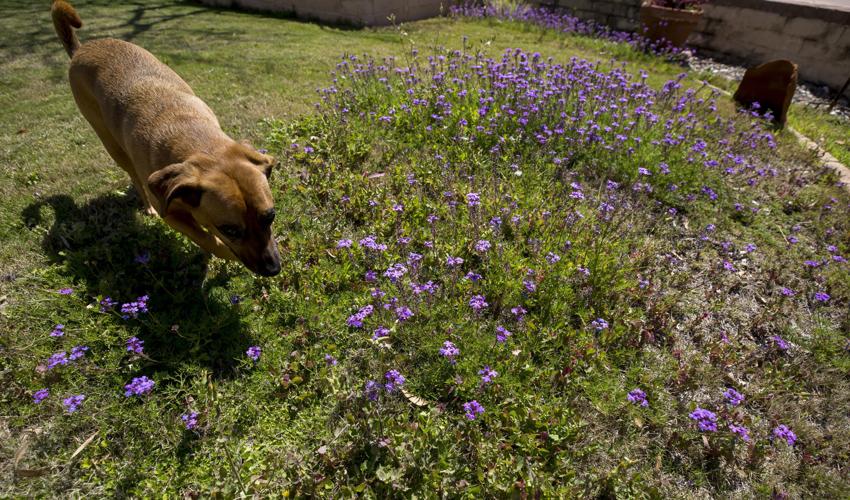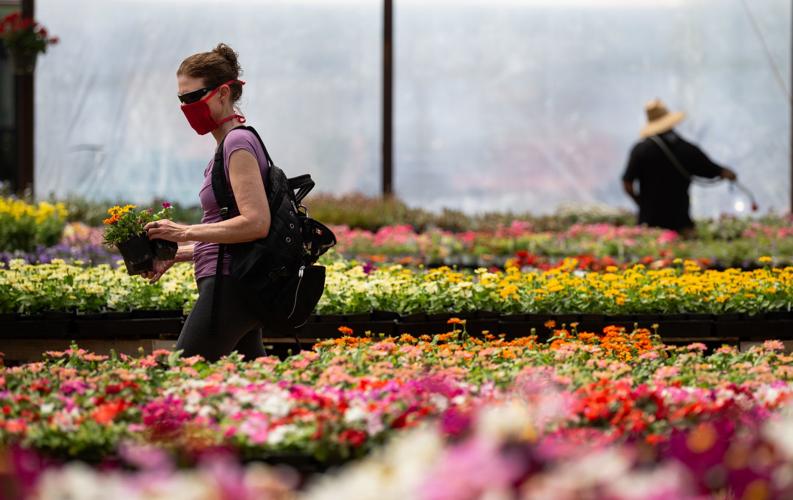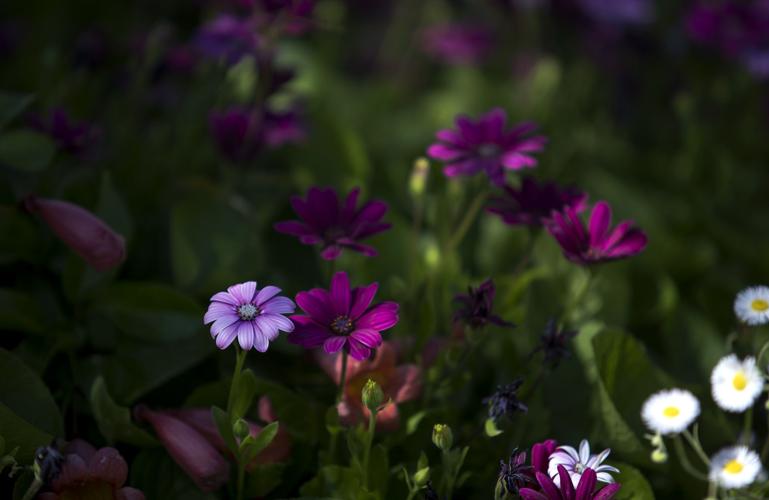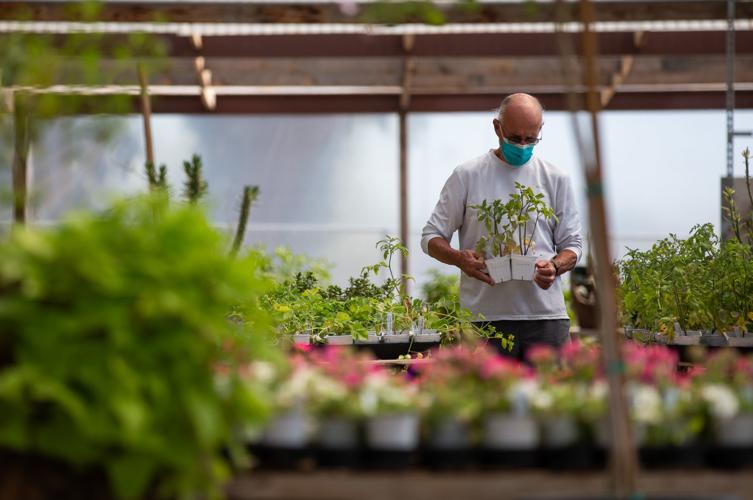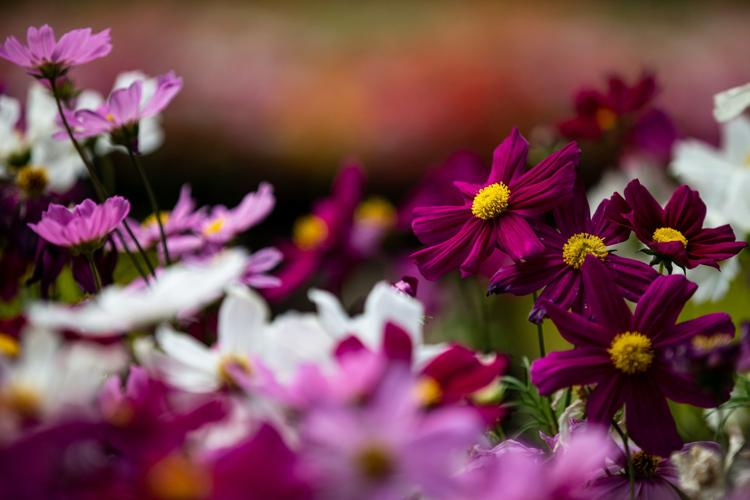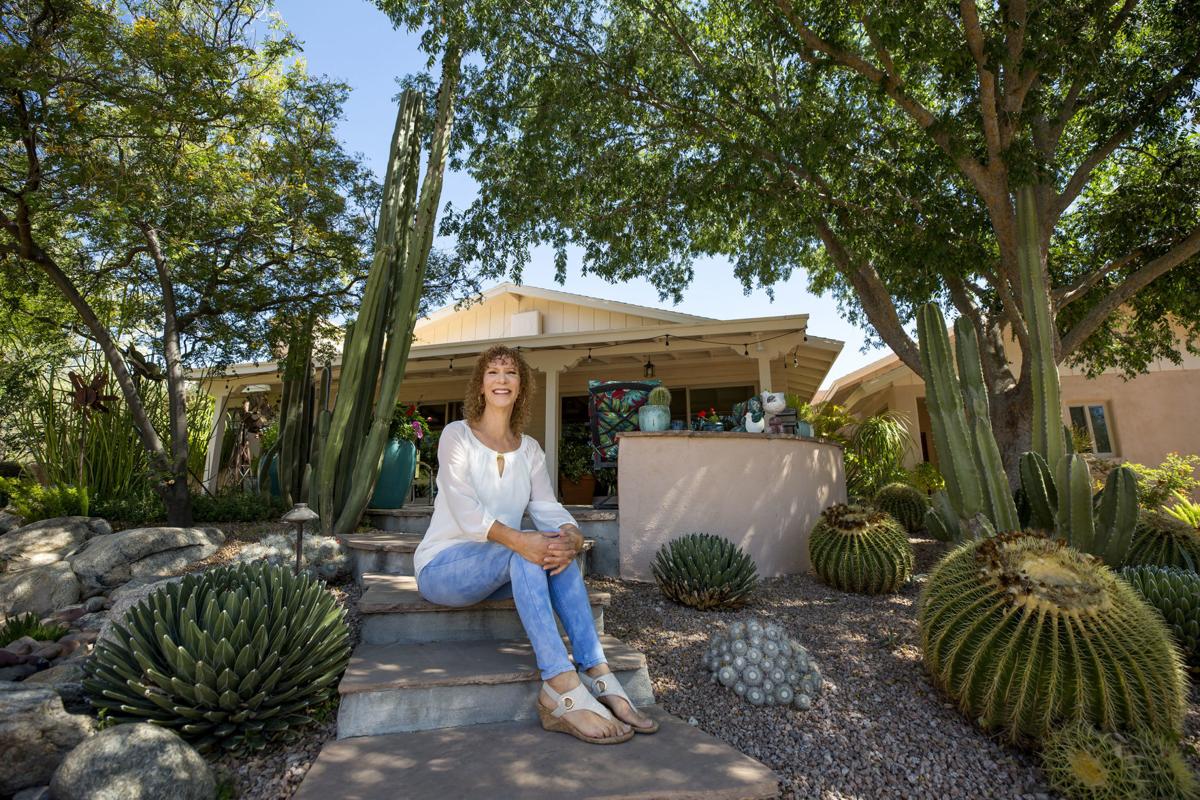Kathy Gutman Hurst knows where to find solace in these troubled times: her garden.
“That’s where I can get relaxed, get in touch and feel like the rest of the world can go away,” says the backyard gardener.
“It’s very soothing.”
Gardening is an ideal coronavirus antidote: It can bring food, color, rich aromas, birds and butterflies to your backyard.
A garden does even more for Dawn Fried, landscape architect and vice president of Horticulture Unlimited Inc.
“Gardening brings me happiness, motivation, something to do every day,” she says. “It brings life and joy and beauty.”
When Hurst first bought her home, she reveled in the garden which was “overgrown and not real precise.” She has continued with that vibe, letting vines and wildflowers have their own way.
Fried is a planner; she designs nearly every aspect of her garden.
No matter the approach, a garden can reaffirm life at a time that is really needed.
So, grab your hoe, pots and inspiration. But first, check out these tips from experts.

Kathy Hurst with her dog Gracie in her backyard garden in Tucson on April 13, 2020. Hurst has been around plants all her life but was used to gardening smaller plants in pots.
The plan
Fried recommends a landscape architect to help plan out your yard. But she recognizes that’s not something everyone can do.
Still, she says, “You have to have a plan, a design. That design will show you where everything goes.”
Think, too, about what you want your yard to be like.
“Figure out what you want,” she says. “Is it a water feature, plants that bloom, butterfly attractors, low-water plants? Do you want a place for an animal, shade, an area for a vegetable garden?”
She recommends scoping out where you can do passive rainwater. The runoff from your scuppers can be directed with berns and basins. “The plants will grow as though they are on crack,” she says.
Knowing where the sun shines is also key.
Some plants need a respite from the intense Tucson sun. Put those where they can get some relief.

A group of while wildflowers grow in Kathy Gutman Hurst’s garden in Tucson.
The commitment
The type of garden you plant should depend on the time you have, says master gardener Nate Amerine.
“If you can only dedicate, consistently, a couple hours a week then having 40 pots that all have to be watered by hand every couple days probably isn’t for you,” he says.
The plants
Fried’s book “The Art of Southwest Landscaping” has an abundance of information about plants that love our desert. It is packed with photos and descriptions, making it easy to visualize what will work in your garden.
And never underestimate the rich guidance you can find at a nursery, where staff know the plants and freely give advice.
“The more you know about the plant and its characteristics, the better off you are,” says Jan Westenborg, the owner of Green Things nursery.
It’s also important to know how big a plant will get.
“Sure that 12-inch bush is cute,” says Amerine. “How about when it’s 6-by-4-feet? Will it still fit? Right plant, right place.”

Using the correct type of soil in your garden makes all the difference.
If your green thumb isn’t so green, Westenborg recommends going easy on yourself. “Plants like Texas rangers, orange and yellow bells, standard bottle brush are easy,” she says.
“Plants that are suited to the environment will be the easiest to care for,” says Amerine.
To find those, it’s best to go to the experts, such as a nursery, or a guide like Fried’s book or Better Homes and Gardens’ “Gardening in the Southwest.”
The soil
You want to give your plants the best bed to grow in, and that comes down to the soil.
“What a lot of people don’t understand is that potting soil and garden soil are very different,” says Amerine.“In most cases, potting soil isn’t soil at all. It’s usually a mixture of multiple things, most commonly vermiculite, perlite, peat, coconut coir or other synthetic substrates that don’t retain moisture for long.”
He often recycles his soil, renewing it with compost and organic fertilizer.
Westenborg recommends a 50-50 mix of a good standardized gardening soil with natural desert soil.
The planting — and the watering
First, remove any old growth, says Fried.
“You always have to do prep work,” Westenborg says. “Removal, pruning, clean-up.”
When making the hole for the plant, “Dig twice as wide and twice as deep as the root ball,” she says.
Now, here comes the hard part: watering.
Amerine says he finds the most common mistake people make is watering.
“Either over or under,” he says.
“The best way to circumvent this is checking the soil before you water. If the top inch or two are still moist then hold off. If a significant amount of time goes by and it stays moist then there may be a drainage issue.”
That drainage issue could boil down to the soil you used. If you’re flummoxed, a good nursery can be your guide.

Kathy Hurst with her dog Gracie in her backyard garden in Tucson on April 13, 2020. Hurst has been around plants all her life but was used to gardening smaller plants in pots.
Vegetable gardens
The soil must be rich and mulch is essential, says Fried.
“Vegetables love rich, well-draining soil,” she said.
As the weather heats up, think about what veggies will do best.
“Plants like eggplant, peppers, tomatoes, corn, sweet potatoes, cucumber, all the melons, pumpkin, zucchini and summer squash require hotter temperatures,” she says.
And this is important, she adds:
“You have to plant them in an area where you see them everyday. Visit them every day. Check it and make sure everything is good.”
Actually, that’s not bad advice for all your plants.
That way, your backyard can provide relief after the coronavirus crisis is over.

Kathy Hurst’s dog Gracie walks through purple wildflowers in Hurst’s backyard in Tucson, Ariz., on April 13, 2020.

Gardening is an ideal coronavirus antidote. It can bring food, color, rich aromas, birds and butterflies to your home while sheltering in place. No matter the approach, a garden can reaffirm life at a time that is really needed.

Light shines on a few purple flowers in Kathy Hurst’s garden in her backyard in Tucson, Ariz., on April 13, 2020.

Gardener Nate Amerine says the most common mistake people make is watering. “Either over or under,” he said.

A container full of flowers in Dawn Fried’s backyard in Tucson on April 14, 2020. Fried, a landscape architect, has written a book on Southwest plants and creates container gardens and vegetable gardens.

A backyard filled with plants can provide relief after the coronavirus crisis is over.

Flowers at Green Things Nursery, 3384 E River Road, on April 10, 2020.


